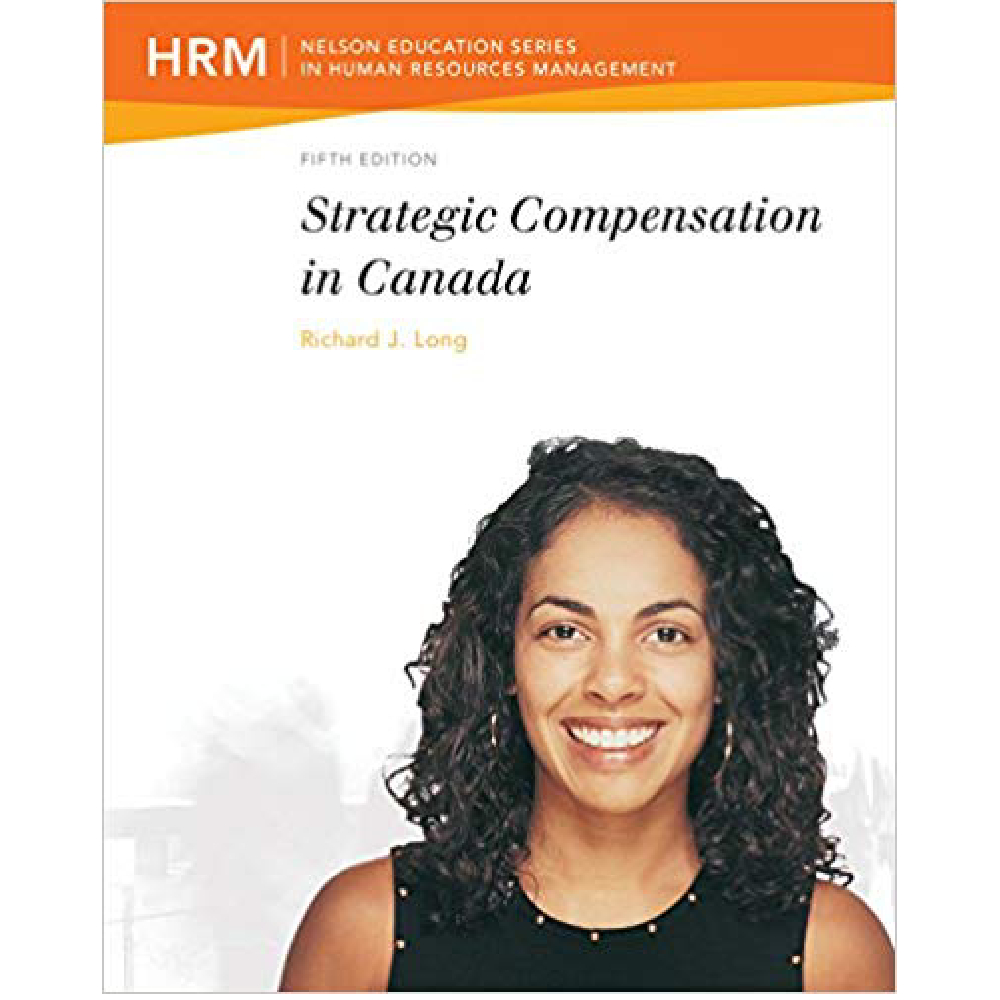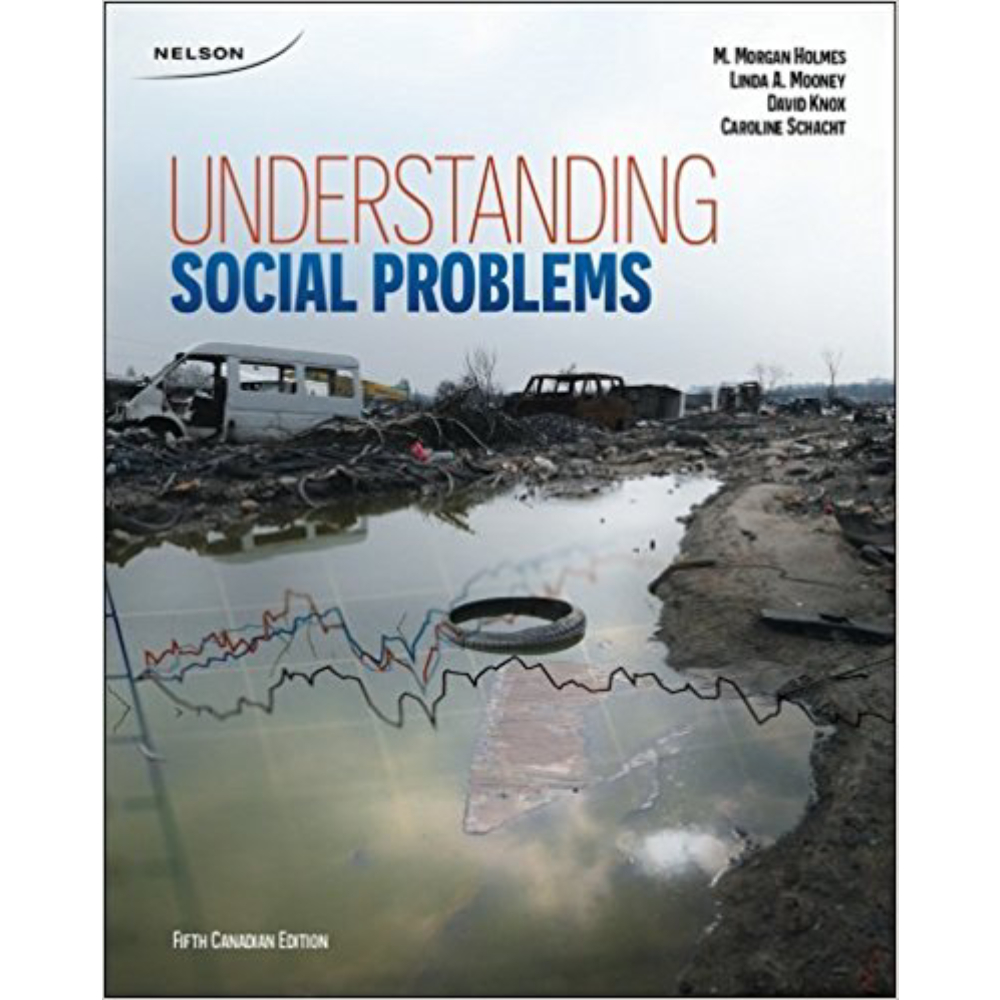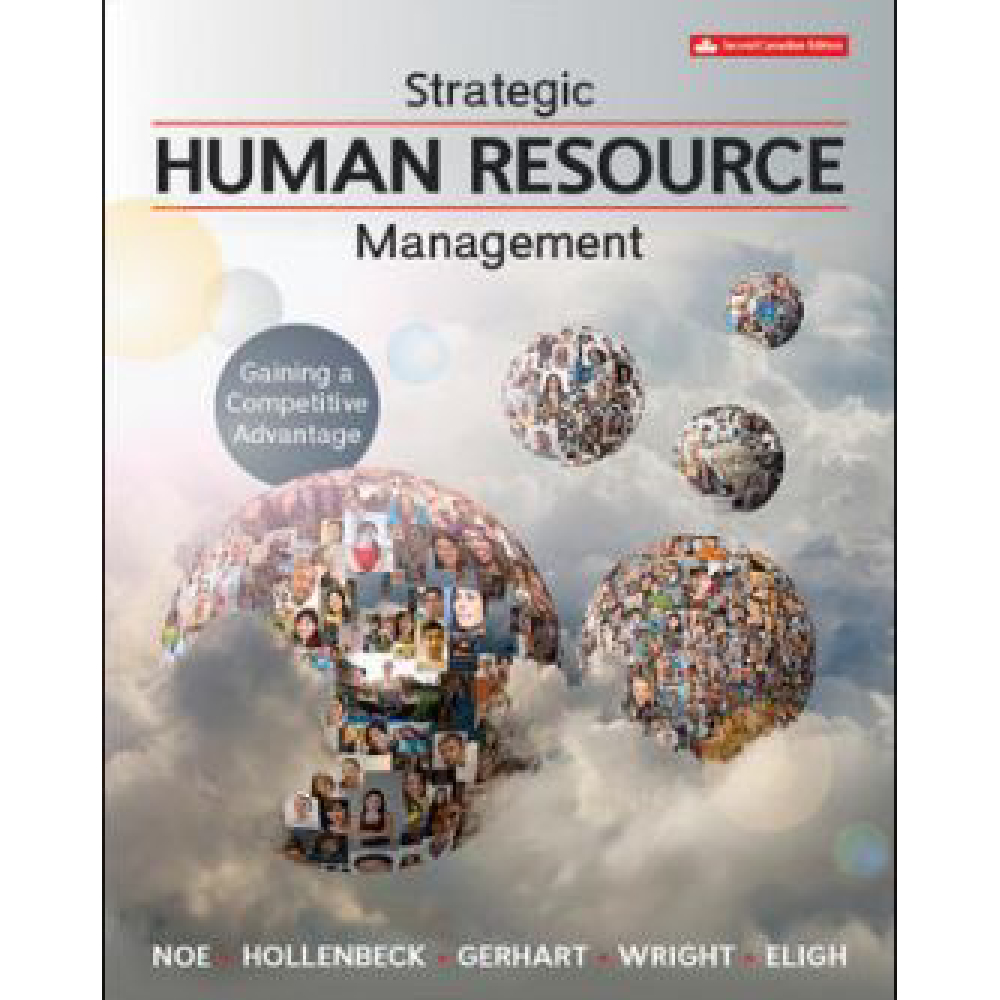Strategic Human Resource Management Gaining A Competitive Advantage 2nd Edition By Andrew Noe – Test Bank
$55.00
Strategic Human Resource Management Gaining A Competitive Advantage 2nd Edition By Andrew Noe – Test Bank
You will receive this product within 24 hours after placing the order
Overview
Chapter 11
Collective Bargaining and Labour Relations
True / False Questions
1. It has been suggested that a successful industrial relations system consists of three elements: (1) an environmental context (technology, market pressures, and the legal framework, especially as it affects bargaining power); (2) participants, including employees and their unions, management, and the government; and (3) a “web of rules” (rules of the game) that describe the process by which labour and management interact and resolve disagreements (such as the steps followed in settling contract grievances).
FALSE
Accessibility: Keyboard Navigation
Bloom’s: Knowledge
Difficulty: Easy
Learning Objective: 11-01 Describe what is meant by collective bargaining and labour relations.
Topic: 11-02 The Labour Relations Framework
2. Labour-management relations exist on a continuum ranging from open conflict to cooperation/collaboration.
TRUE
Accessibility: Keyboard Navigation
Bloom’s: Knowledge
Difficulty: Easy
Learning Objective: 11-01 Describe what is meant by collective bargaining and labour relations.
Topic: 11-02 The Labour Relations Framework
3. In a “containment-aggression” relationship, distrust remains, but to a lesser extent and the parties’ dislike for one another becomes antagonism.
TRUE
Accessibility: Keyboard Navigation
Bloom’s: Knowledge
Difficulty: Easy
Learning Objective: 11-01 Describe what is meant by collective bargaining and labour relations.
Topic: 11-02 The Labour Relations Framework
4. When employees and their unions, management, and the government have a common ideology and accept the roles of the other participants, then there is a convergence of interests.
FALSE
Accessibility: Keyboard Navigation
Bloom’s: Knowledge
Difficulty: Moderate
Learning Objective: 11-01 Describe what is meant by collective bargaining and labour relations.
Topic: 11-02 The Labour Relations Framework
5. The major downfall of labour unions to society is the institutionalization of industrial conflict, which is therefore resolved in a very costly way.
FALSE
Accessibility: Keyboard Navigation
Bloom’s: Knowledge
Difficulty: Easy
Learning Objective: 11-02 Identify the labour relations goals of management, labour unions, and society.
Topic: 11-04 Society
6. The earliest labour relations legislation in Canada go back as far as the 1800s with the Trade Union Act of 1872.
TRUE
Accessibility: Keyboard Navigation
Bloom’s: Knowledge
Difficulty: Easy
Learning Objective: 11-02 Identify the labour relations goals of management, labour unions, and society.
Topic: 11-04 Society
7. Administration of the contract is largely carried out at the local union level including conducting membership drives and processing grievances.
TRUE
Accessibility: Keyboard Navigation
Bloom’s: Knowledge
Difficulty: Easy
Learning Objective: 11-02 Identify the labour relations goals of management, labour unions, and society.
Topic: 11-09 Local Unions
8. National unions comprise 27.6 percent of Canada’s union membership, while 48 percent of Canadian union members belong to international unions. The remaining 24.4 percent belong to independent local associations or directly chartered unions.
FALSE
Accessibility: Keyboard Navigation
Bloom’s: Knowledge
Difficulty: Difficult
Learning Objective: 11-02 Identify the labour relations goals of management, labour unions, and society.
Topic: 11-08 National and International Unions
9. A craft union’s bargaining power depends greatly on the control it can exercise over the supply of its workers.
TRUE
Accessibility: Keyboard Navigation
Bloom’s: Knowledge
Difficulty: Easy
Learning Objective: 11-02 Identify the labour relations goals of management, labour unions, and society.
Topic: 11-08 National and International Unions
10. The largest labour union in Canada is the Canadian Union of Public Employees (CUPE).
TRUE












Reviews
There are no reviews yet.